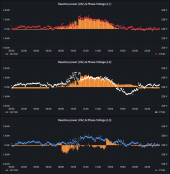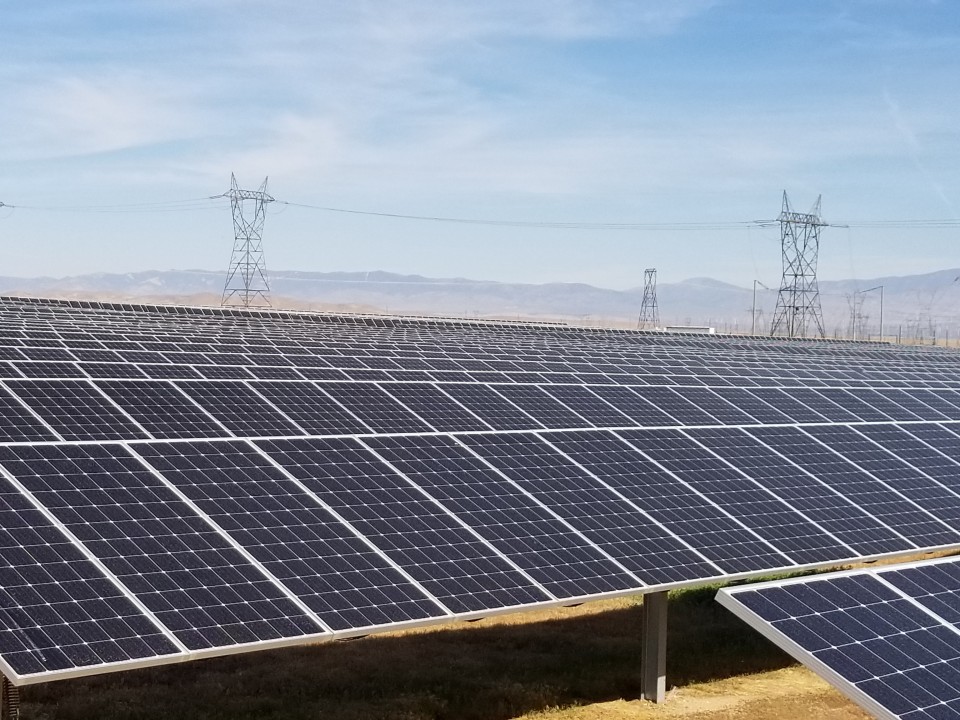A graph here indicates Volt-var is control of the EE expression "Reactive" power, inductive and capacitive.
This article looks at the operation of Volt-VAr settings on a Solar PV system and the impact on customer export. My rough calculations suggest that I am incurring a 1% loss on energy production.

www.linkedin.com
Yeah, that item is a couple of years old - the grid quality standards for inverters have been normalised across the NEM and the level of grid-tied rooftop PV has increased substantially since then. In fact it has doubled in the past two years, approaching 30 GW of installed PV capacity.
As to losses, note that an inverter might have some small production/export losses when volt-var mode is operational, but it is producing infinitely more energy than an inverter which has shut down because the gird voltage has gone past the upper limit.
My inverter was beginning to shut down many times a day. It no longer does. IOW the small sacrifice of having it supply a higher proportion of reactive power is actually resulting in more energy production.
It's good for the grid and it's good for me.
Here's how much reactive power my system is showing per phase, and the per phase voltage. Charts are for yesterday my time (21 Nov 2022).
Phase 1 has my hot water diverter, which you can see keeps voltages down until it completes the heating cycle and the thermostat switch opens. Then voltages climbs quickly.
Phase 2 only supplies our ducted AC, while phase 3 supplies the rest of the home via the off-grid inverter (which will cut over to off-grid solar/battery mode when battery is full and there is enough spare off-grid solar PV.

This chart shows the same day with all three phase voltages (red, white , blue dots) and the net real power flow across all phases (negative = export). The two horizontal purple lines mark 253 V and 258 V, which are the set points for volt-watt and volt-var modes to kick in.
I used to have grid voltage exceed 258 V frequently.

If I go back and show the voltage plot for the months before and after invoking the volt-var settings, it's easy to see the impact on my peak daily voltages (line at 258 V). In that period prior to the change I had constant instances of the inverter shutting down completely. Never since.

 www.linkedin.com
www.linkedin.com

 www.linkedin.com
www.linkedin.com










